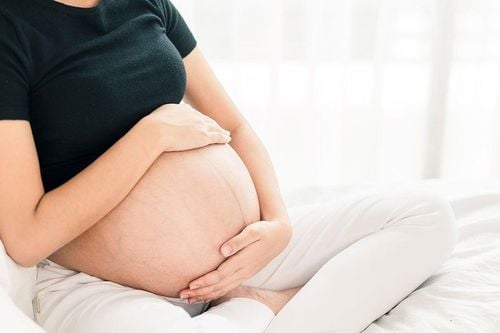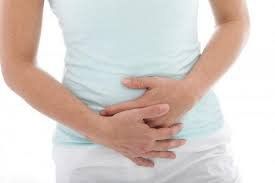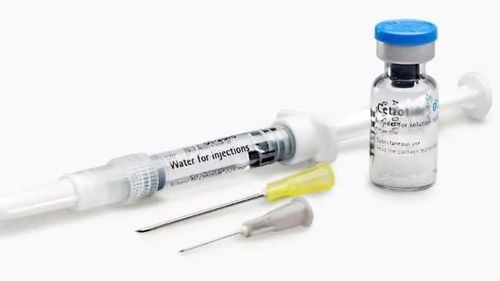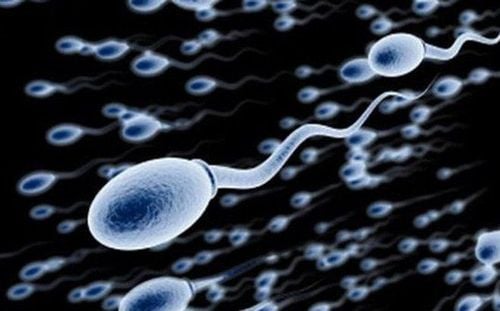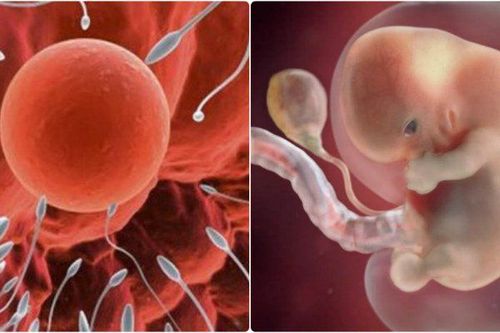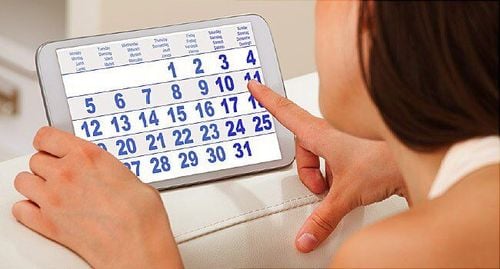This is an automatically translated article.
When having sex when it's easy to get pregnant is always a question that many couples care about. There are many ways to calculate the date of conception. The article will introduce readers to some simple methods to determine the ideal time to conceive.
1. Sex when easy to get pregnant?
The time of conception is the days in your menstrual cycle when you can get pregnant. Women usually have a relatively short time of conception around the time a mature egg is released (ovulation). Eggs can only be fertilized for about 24 hours after being released. Since normal sperm can survive up to 5 days in the fallopian tubes, the actual conception window lasts up to 6 days after ovulation. If you and your partner have sex earlier or later than this point in your menstrual cycle (provided that ovulation is regular), the chances of you getting pregnant are extremely low. This is the logic behind "safe days" birth control methods, in which couples actively avoid sex during or around a woman's window of conception as a reliable natural method of contraception. trust. The probability of spontaneous pregnancy is highest in the 2 days before ovulation and on the very day of ovulation. Regular sex during these days will give you the best chance of conceiving. By 24 hours after ovulation, your fertile period for that month is over.
2. What are the signs to know that I'm about to ovulate?
Ovulation precedes an increase in estrogen levels. You can monitor this by observing your cervical mucus, basal body temperature, and change in the color of your areola (around the nipple). Here are some ways to calculate the date of conception that you can apply:
2.1 Track cervical mucus The hormones that control the menstrual cycle also affect cervical mucus. As the eggs mature, mucus is also increased. It can be white, yellow, opaque, or sticky. Right before ovulation, you may notice a lot of mucus that is clear, slippery, and looks like egg whites. It's a sign that the fertile days have come and you should start having sex.
2.2 Monitor your body temperature You should take your temperature in the morning as soon as you wake up. When you ovulate, your temperature rises a little and lasts until your next period. To monitor the temperature, you will need a thermometer. You can easily buy a thermometer at most drugstores and supermarkets.
2.3 Monitor changes in LH hormone levels About 36 hours before you ovulate, LH increases secretion from your pituitary gland. You can measure an increase in LH in your urine using a commercially available “ovulation test strip”. When your LH surge test is positive, that's the ideal time to start having sex to get pregnant.
2.4 Using a menstrual cycle charting application To answer the question of which days are fertile, you can use a phone application to chart your menstrual cycle. You record details like the first day of your period, your LH levels, and your basal temperature. The app will notify you about the fertile time. The drawback to this approach is that most use a standard 28-day menstrual cycle, with ovulation on day 14. However, this is not accurate for women with longer or shorter menstrual cycles or women. irregular period. If your cycle is regular, simply subtract 14 days from your cycle length to estimate the day you'll normally ovulate. For example, in a 28-day cycle, you typically ovulate around day 14 (Day 1 is conventionally defined as the day you get your period). A woman with a 30 day cycle will ovulate around day 16. If your cycle is 34 days, you will ovulate around day 20.
If you are having a regular menstrual cycle, your period will If you come at the same time every month, it means you are ovulating regularly and it is easy to calculate the date of conception. However, there are women who don't ovulate as often as others. There are many causes of irregular ovulation or even no ovulation at all in some cases. Diagnosing the right cause is key to increasing your chances of conceiving if you're unfortunate enough to have this condition. If you think you're not ovulating and want to get pregnant, see a fertility specialist right away for advice and support.
In summary, women usually have a relatively short time of conception around the time a mature egg is released. The highest probability of spontaneous pregnancy is within about 2 days before ovulation and on the very day of ovulation. Regular sex during these days will give you the best chance of conceiving. The methods of calculating the date of conception above are simple ways you can apply to determine the ideal time to conceive.
Please dial HOTLINE for more information or register for an appointment HERE. Download MyVinmec app to make appointments faster and to manage your bookings easily.
References: webmd.com, womenshealthmelbourne.com.au



